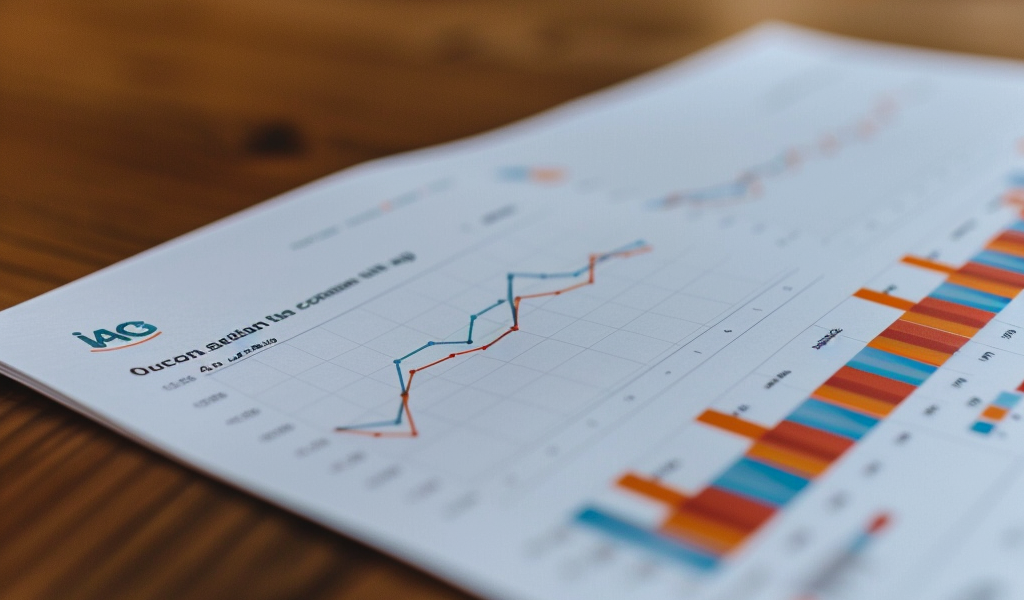International Consolidated Airlines Group’s (LSE: IAG) share price has plummeted to around 75% lower than its pre-Covid level, making it appear undervalued despite impressive financial results. The significant drop in the share price raises the question of whether this presents a lucrative investment opportunity.
After experiencing a sharp decline in airline passenger numbers due to the impact of Covid, IAG’s share price suffered a corresponding decrease. The situation worsened in 2022 with the Russian invasion of Ukraine, causing jet fuel prices to surge and triggering a cost-of-living crisis that adversely affected the overseas holiday market.
While the effects of Covid have subsided and energy prices have stabilized, IAG’s share price remains at a remarkably low level. This prompts the question of whether it is a favorable time to consider purchasing the stock.
Assessment of Undervaluation
The company’s lack of dividend payments means that the potential return for investors is contingent on a rise in share price. However, if the shares are not genuinely undervalued, the likelihood of significant long-term appreciation diminishes. Currently, IAG’s price-to-earnings (P/E) ratio stands at just 3.5, significantly lower than the industry average of 12. A discounted cash flow analysis indicates that IAG shares are approximately 74% undervalued at their current price of £1.61, suggesting a fair value of approximately £6.19. While reaching this price is uncertain, the analysis confirms the presence of substantial value in the stock.
Business Performance
Despite the challenging market conditions, IAG’s 2023 results demonstrate a positive performance. Total revenue increased to €29.5bn from €23bn in 2022, while operating profit nearly tripled from €1.3bn to €3.5bn. Moreover, profit after tax surged from €431m to €2.7bn, and the operating margin more than doubled from 5.4% to 11.9%. The company also managed to restore capacity close to pre-Covid levels in its primary markets and significantly reduced its net debt-to-EBITDA ratio from 3.1 to a more favorable level.





